Look around your room, what do you see? Interior environments and architecture can offer us a glimpse into history and insight on the evolution of design. In A History of Interiors: From Classical to Contemporary Design taught by Ana Luchangco, you will explore these themes and more. Luchangco is the owner of the interior design practice InSpace NY Design, and has worked on interior design for the St Regis Hotel, Vera Wang, Halekulani Hotel, Giorgio Armani, Neiman Marcus, Price Waterhouse Coopers, and other high-end residential projects.
In this course you will study legendary interior designers such as Charlotte Perriand and Zaha Hadid. You will also have the chance to hear from, Sheila Bridges—named America’s Best Interior Designer by Time magazine and CNN— who will be visiting the class.
Read on below for our Q&A with Luchangco and find out what you can expect from her class.
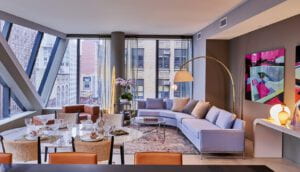
What can students expect from A History of Interiors class?
AL: A History of Interiors is a documentary or a time-travel of sorts, a journey and exploration of interior environments, art, and architecture. It’s hopefully an interesting and engaging take, a “Da Vinci Code” of Interior Design if I may, reflecting on the political and religious transformations that influence interiors and the so-called design limitations on how they developed into the solutions and innovations of today.
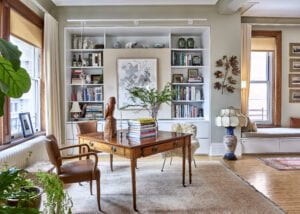
What inspired you to teach this course?
AL: Growing up in the Philippines I was a rather curious kid – always drawing, creating materials, designing objects that led me to formally train as an interior designer. I believe design in any form requires appreciating the truly great works and hardships of the past – the invention of the light, the engineering of the arch, the development of walkable cities and how architecture emerged as a signifier of power and religion. More importantly, included in this class are some of the innovative works of women, who may be lesser known than their counterparts.
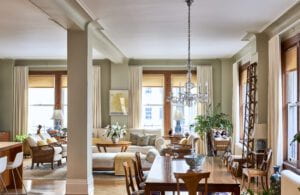
What can the evolution of interior design teach us about history and culture?
AL: Historical preservation is a living relic of the past, a testimony of a country’s long and obscure history. Impeccable art, for example, Church art, is part of our artistic legacy. Architecture tells our story, our heritage — because it has withstood time itself. What we learn from our own history, however, is a highly personal idiom.
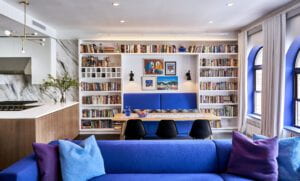
How has your interior design practice influenced how you teach this class?
AL: The success of a project is the same as a class – a lot depends on the quality of the relationship. I find it very encouraging whenever I ask students, for example, to introduce an interior that speaks to them. It’s a revelation for both a good educator and a good student how much they can learn from each other.
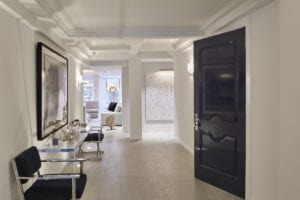
What do you find most rewarding about teaching this subject?
AL: Design for as long as it is a personal or an authentic self-expression cannot be wrong. I hope that by learning about our past, we can look forward to redefining beauty through diversity that is more unique and more inclusive.
Sign up for A History of Interiors: From Classical to Contemporary Design, which starts on March 9th.
Visit the Academy of Lifelong Learning website to explore all upcoming course offerings in the humanities and global affairs as well as participate in events and clubs.